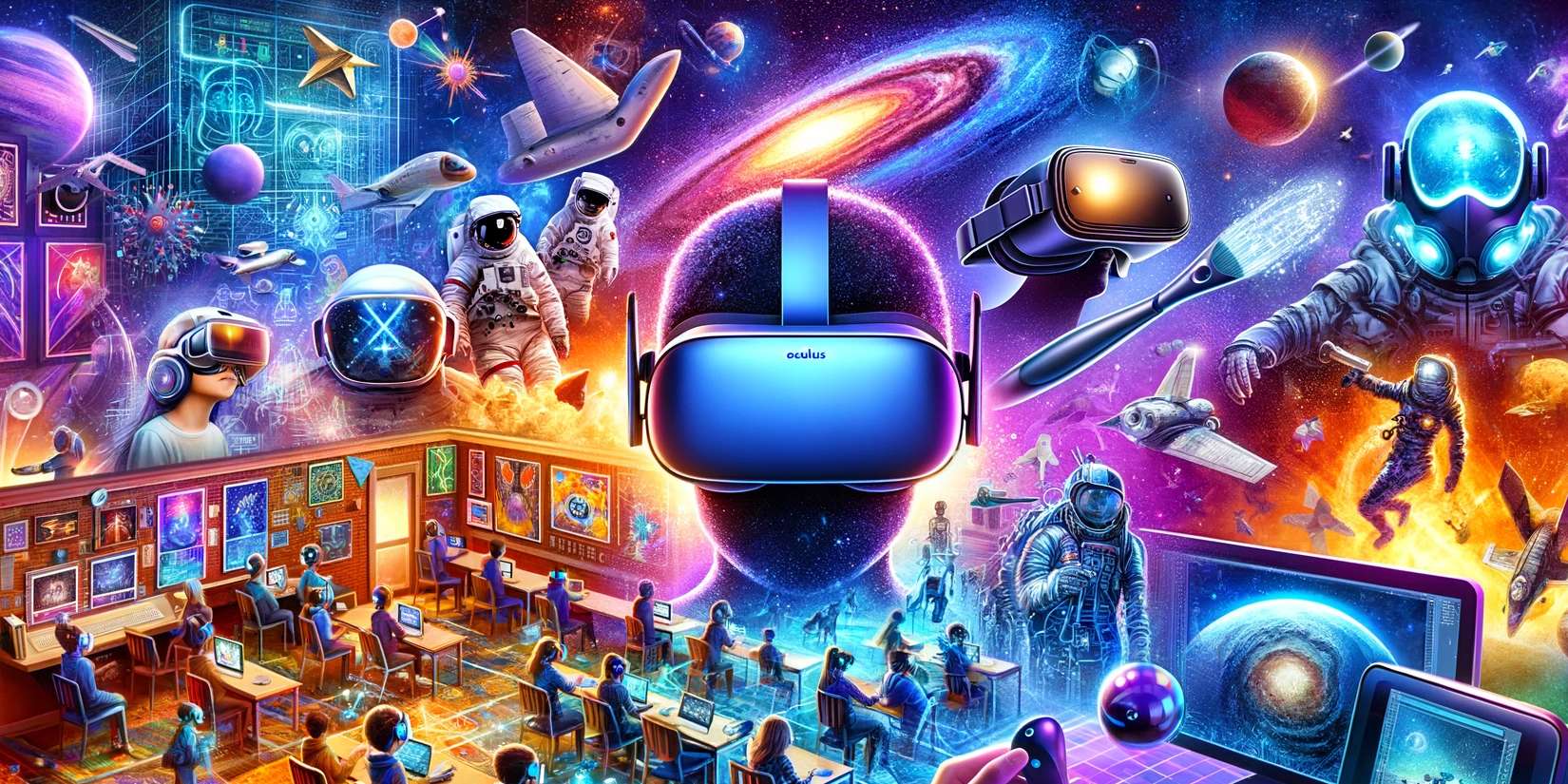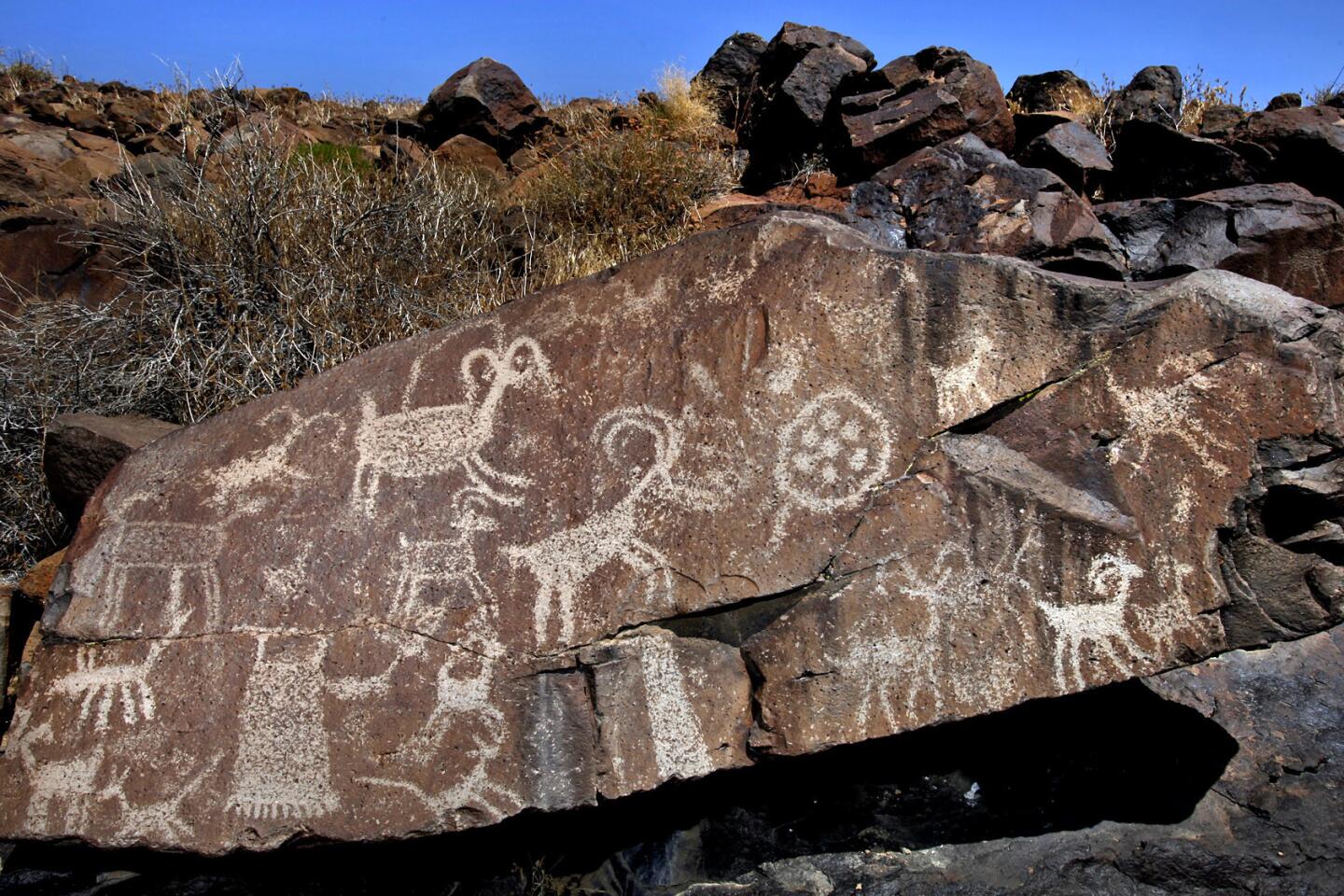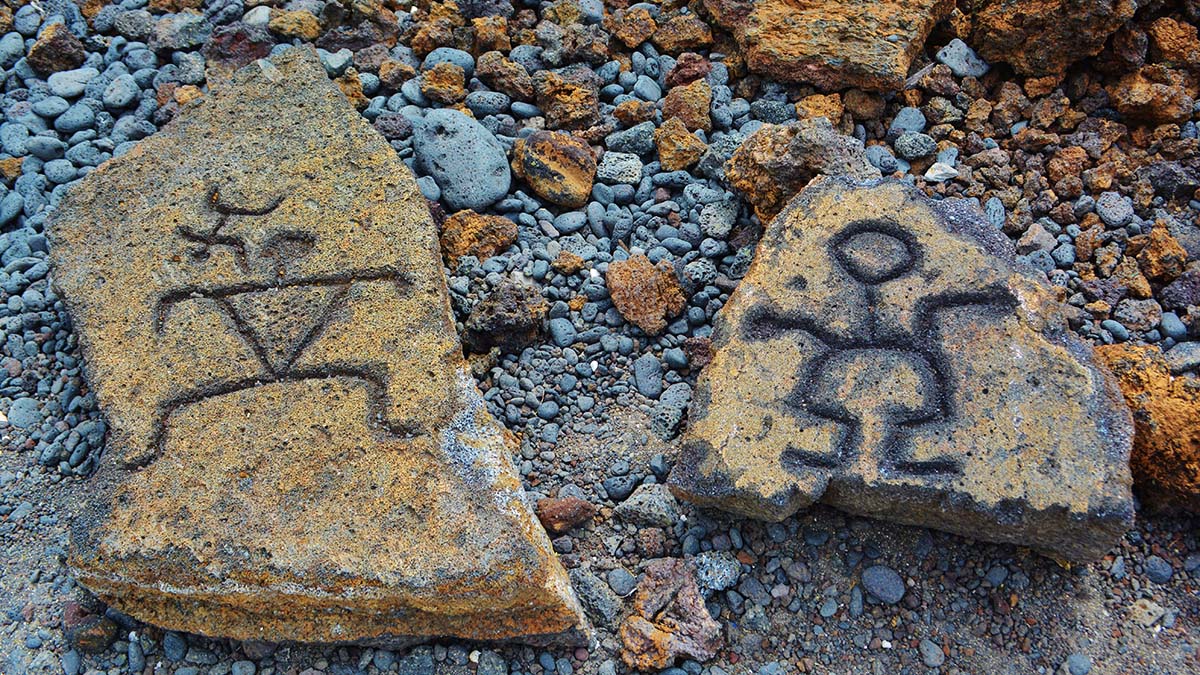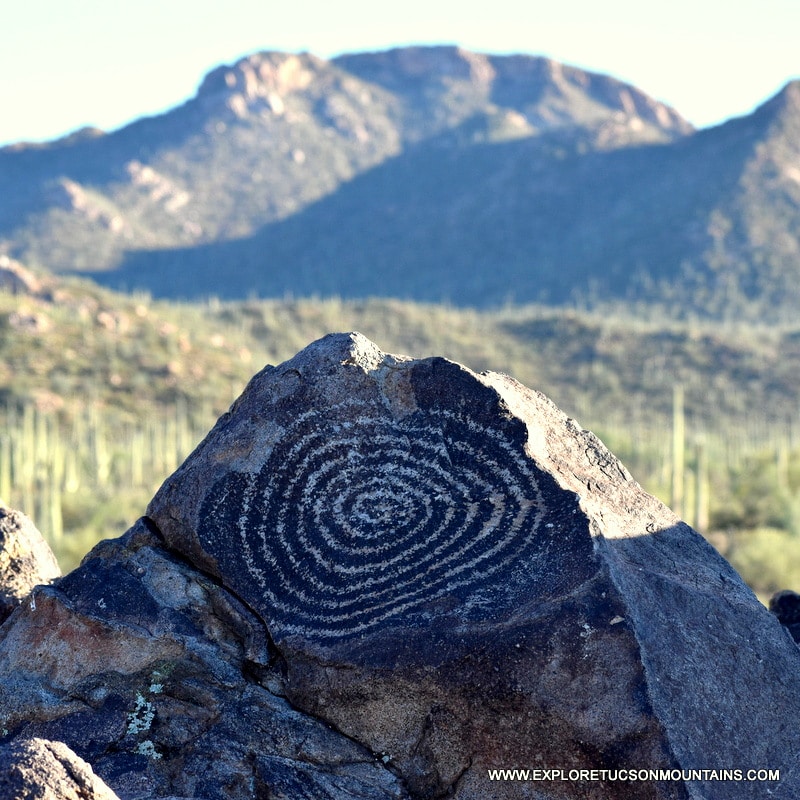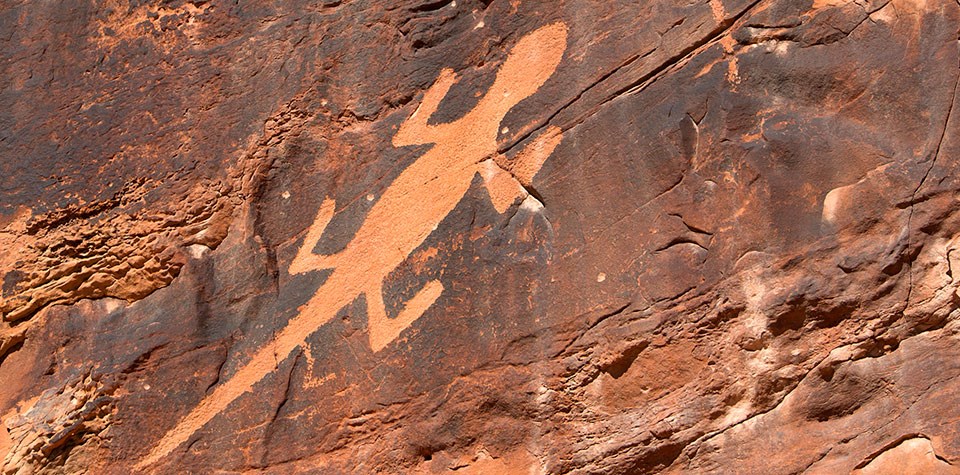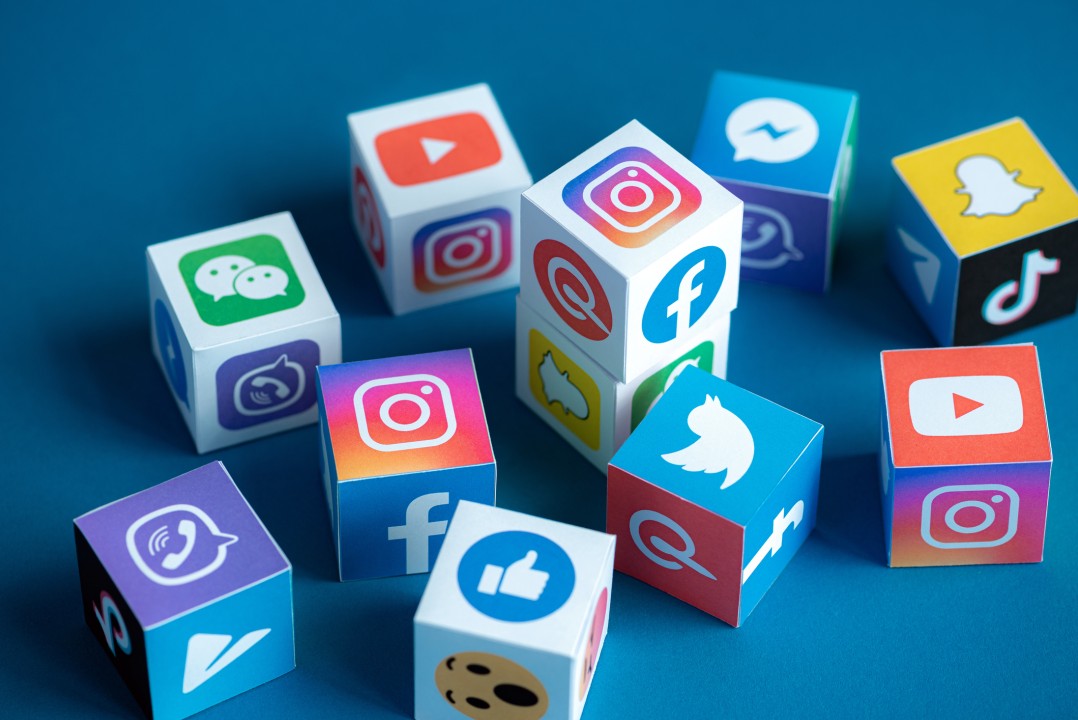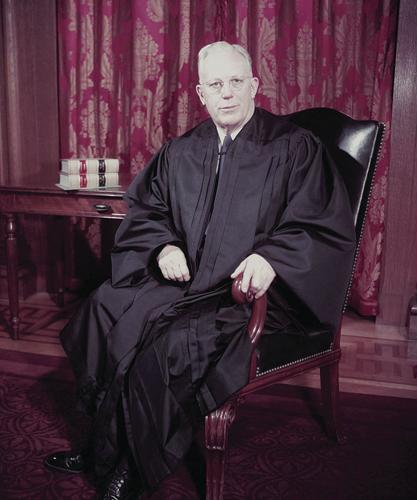 In today's interconnected world, social media has emerged as a cornerstone of communication, revolutionizing the way individuals interact, share information, and build communities. From the convenience of our smartphones and laptops, we can connect with friends and family across the globe, engage with like-minded individuals, and access a wealth of knowledge and resources at our fingertips. Social media platforms such as Facebook, Twitter, Instagram, LinkedIn, and TikTok have become integral parts of our daily lives, serving as virtual gathering spaces where conversations unfold, ideas are exchanged, and relationships are nurtured. Whether it's sharing updates about our lives, discussing current events, or promoting our businesses and endeavors, social media offers a dynamic and accessible medium for communication.
In today's interconnected world, social media has emerged as a cornerstone of communication, revolutionizing the way individuals interact, share information, and build communities. From the convenience of our smartphones and laptops, we can connect with friends and family across the globe, engage with like-minded individuals, and access a wealth of knowledge and resources at our fingertips. Social media platforms such as Facebook, Twitter, Instagram, LinkedIn, and TikTok have become integral parts of our daily lives, serving as virtual gathering spaces where conversations unfold, ideas are exchanged, and relationships are nurtured. Whether it's sharing updates about our lives, discussing current events, or promoting our businesses and endeavors, social media offers a dynamic and accessible medium for communication.
As a young college professional navigating the realm of social media, I recognize the significance of curating a positive and professional online presence, especially since I use my social media to spread my messages through serving as President at my university. Across various platforms such as LinkedIn, Facebook, and Instagram, I strive to maintain a balance between showcasing my personality and expertise while upholding professional standards. All of my social media accounts are made public to allow engagement from all viewers, fostering meaningful connections and facilitating dialogue. Just like in the 1964 World's Fair in New York video "FUTURAMA" predicted a world in which technology would be our savior, I agree. Social media has impacted me in a positive way. I am able to mass-wide communicate with people through a click of a button on Instagram, on LinkedIn, I can share my professional accomplishments while also applying for jobs which has worked very well for me and my peers.

As we navigate the digital landscape, our online footprint has become increasingly important, especially from a professional standpoint. Let's delve into how I approach crafting a professional online presence. Firstly, it's essential to recognize that the public perception of one's social media presence plays a crucial role in shaping the impressions of potential employers and even colleges. According to CareerBuilder (2021), 70% of employers use social media to screen candidates during the hiring process, highlighting the importance of maintaining a polished online image. Similarly, a study by The College Investor (2023) found that 66% of admission counselors view social media profiles. By regularly reviewing my social media profiles, I aim to ensure that my content reflects professionalism, relatability, and aligns with the values of the political realm I aspire to enter. My experience as President of the Student Government Association has underscored the significance of professionalism and discretion in online interactions. Just as I've learned to uphold the values and integrity of the SGA through my actions and communications, I recognize the parallel importance of projecting a positive and responsible image across social media platforms.
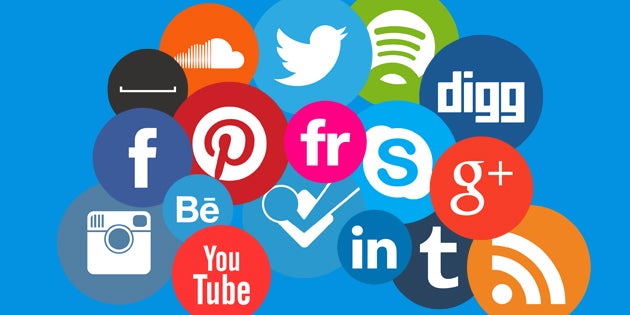
Finally, developing a professional internet presence necessitates intentionality and accountability. By evaluating and managing our social media profiles on a regular basis, we can ensure that our online appearance is consistent with our personal and professional objectives. Using privacy settings wisely, providing relevant insights, and engaging with peers strategically can help us increase our exposure and credibility in professional circles. As we navigate the digital landscape, let us approach social media with caution, understanding its potential as a tool for personal branding and academic or professional success.



